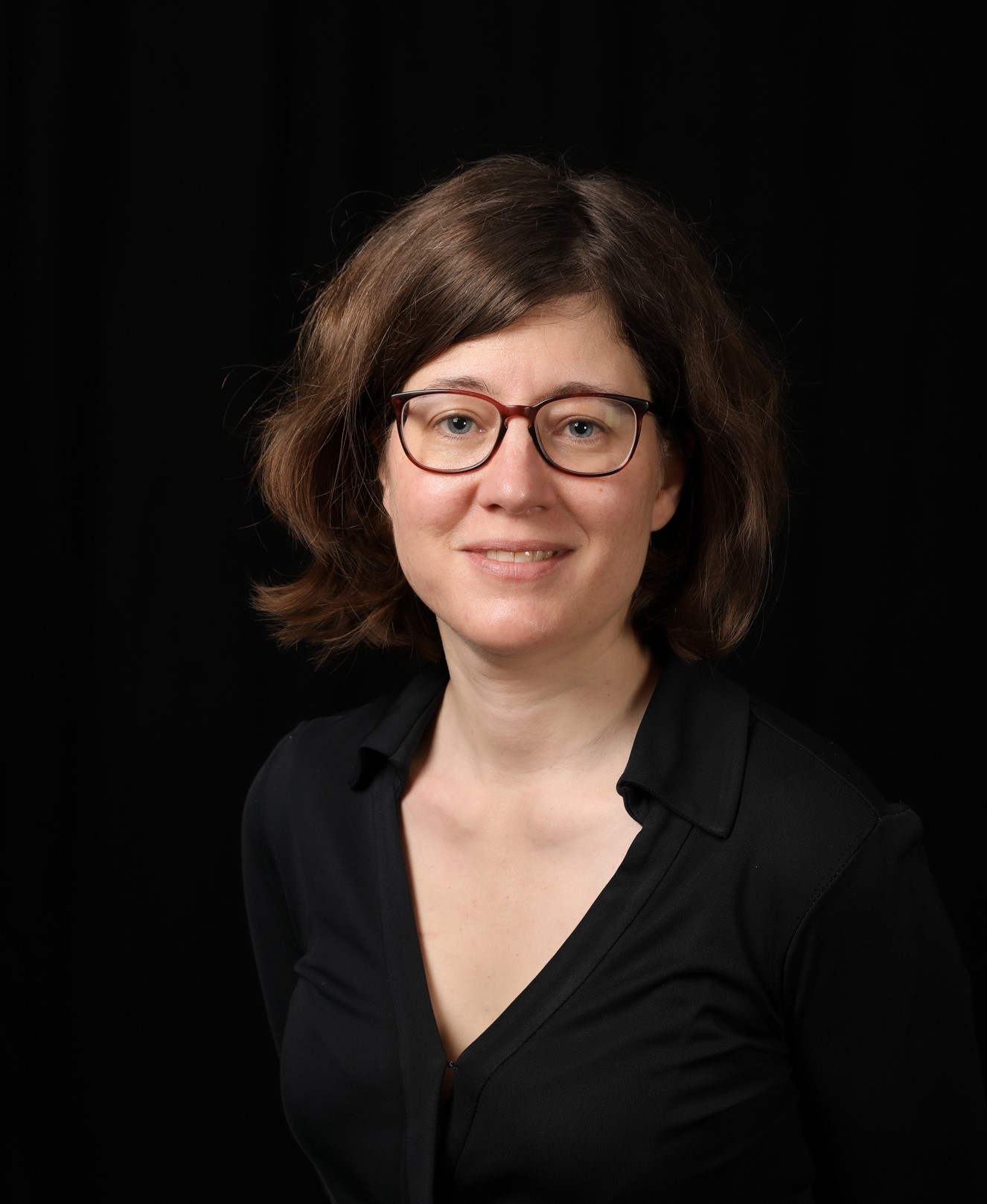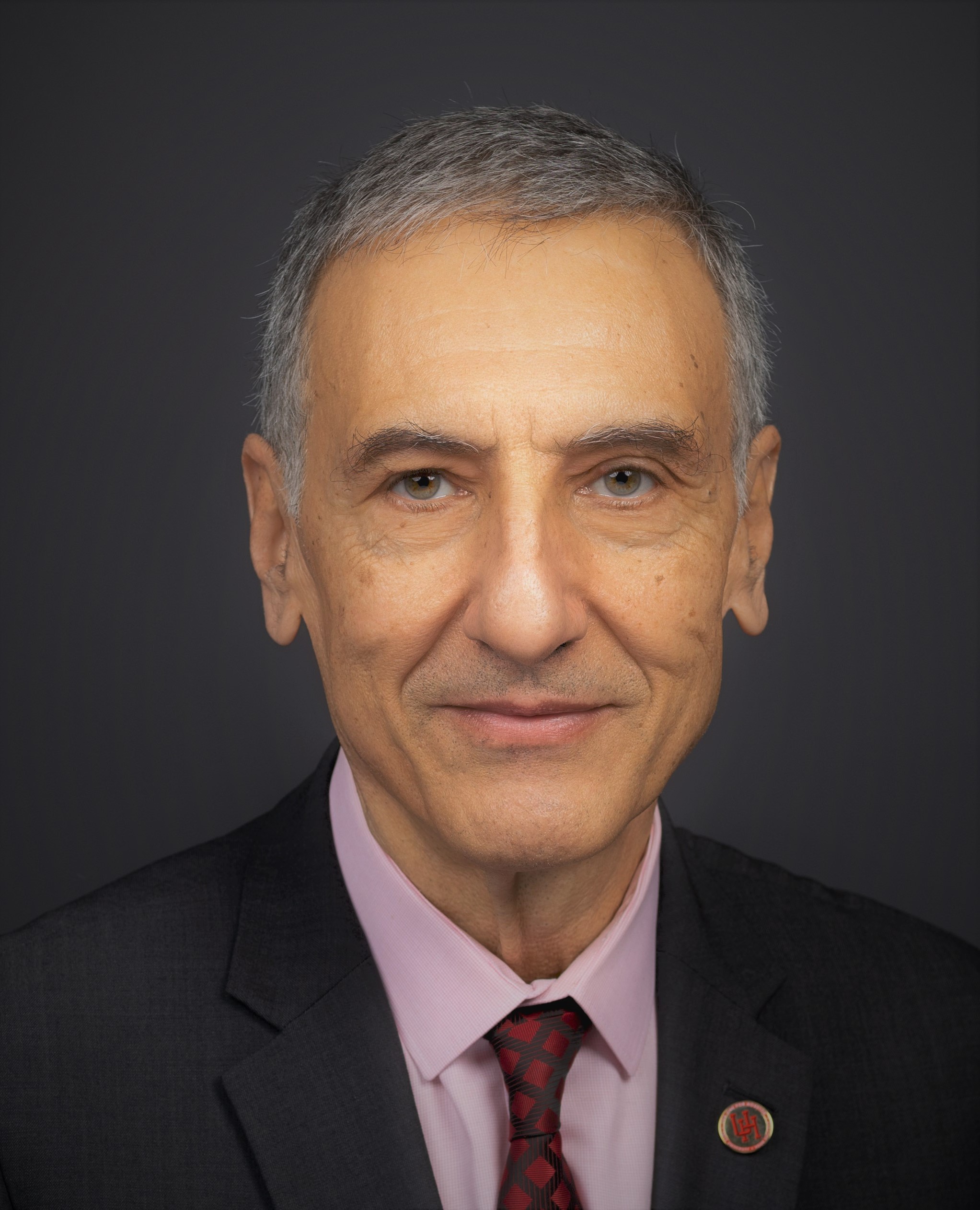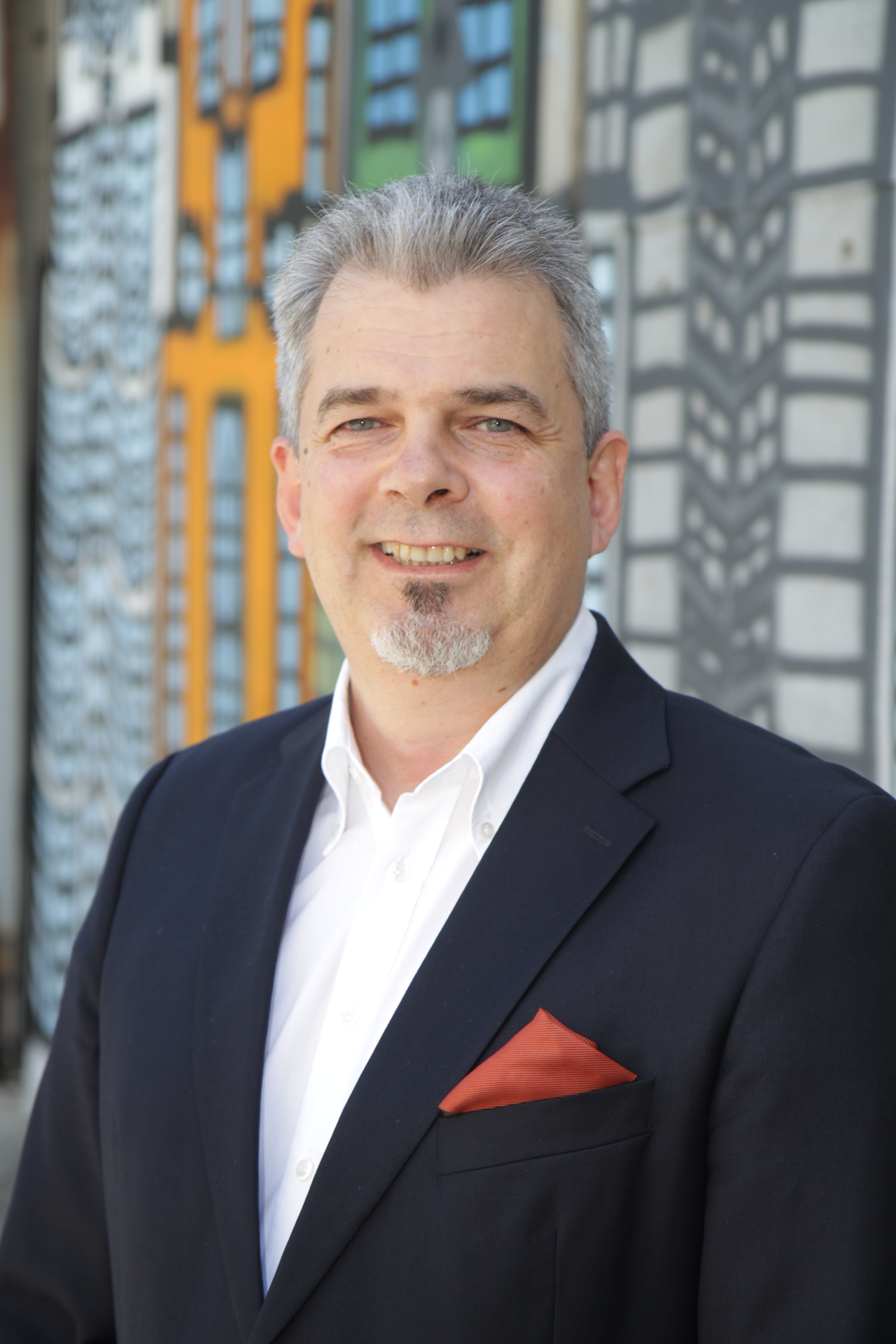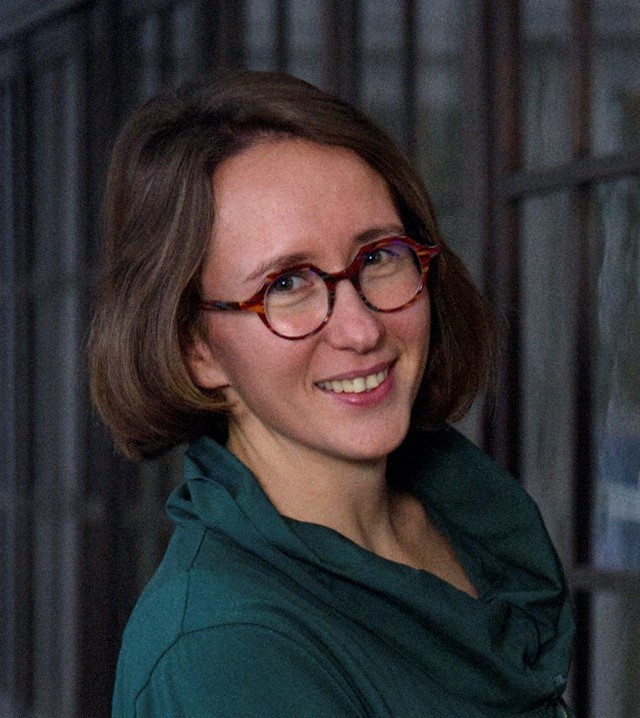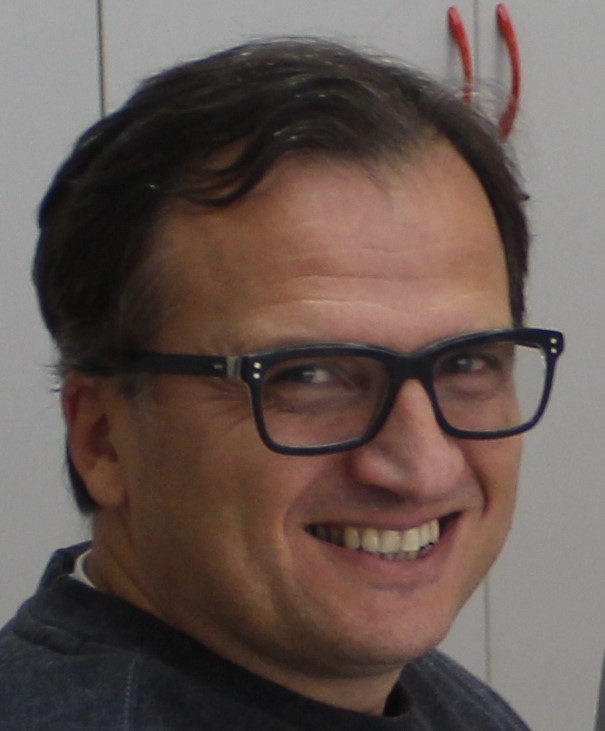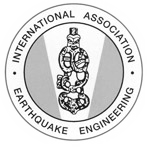| Professor Katrin Beyer |
| École Polytechnique Fédérale de Lausanne, Switzerland | |
“Predicting the seismic response of historical masonry buildings – which modelling assumptions matter?” | |
Katrin Beyer is Associate Professor at the École Polytechnique Fédérale de Lausanne (EPFL) in Switzerland and head of the Earthquake Engineering and Structural Dynamics Laboratory (http://eesd.epfl.ch). After completing her undergraduate studies at the Federal Institute of Technology in Zurich (ETHZ), she worked for two years for the consulting firm ARUP in London, UK, on projects related to structural dynamics, impact and seismic analysis. She received her PhD from the University of Pavia, Italy. Her research interests include the seismic behaviour of reinforced concrete walls and of unreinforced masonry structures and large-scale structural testing. She is member of the executive committee of the European Association for Earthquake Engineering and was responsible for the revision of the masonry section of the European seismic design code (Eurocode 8 Part 1). She is an advocate of open science, publishing next to manuscripts also relevant experimental data and models (https://eesd.epfl.ch/data_sets/, https://zenodo.org/communities/eesd_at_epfl/about/, https://github.com/eesd-epfl). Since September 2020, she is associate dean of the School of Architecture, Civil and Environmental Engineering (ENAC) at EPFL. | |
Professor Amr Elnashai | |
| Civil and Environmental Engineering Department, University of Houston/University of Houston System, USA | |
“Coupling of Highrise Building Earthquake Retrofit and Building Information Management (BIM) System” | |
Fellow of the UK Royal Academy of Engineering Amr Elnashai is Professor in Civil and Environmental Engineering at the University of Houston, USA. His immediate past position was Vice Chancellor and Vice President for Research and Technology Transfer at UH. Prior to his Houston, he was Dean of Engineering at the Pennsylvania State University, and the Harold and Inge Marcus Endowed Chair of Engineering. As dean, Amr was responsible for all aspects of operation and leadership of the College of Engineering. He also served as head of the Department of Civil and Environmental Engineering at the University of Illinois at Urbana-Champaign (June 2009 to December 2013) and the Bill and Elaine Hall endowed professor. He was Director of the NSF multi-institution interdisciplinary Engineering Research Center (ERC), MAE Center (2004-2009). He was also Director of the NSF Network for Earthquake Engineering Simulations (NEES) Laboratory at Illinois (2002-2009). Before moving to the USA, Amr was division head at Imperial College, London, and a chaired professor. His tenure at Imperial College lasted from 1986 to 2000 during which time he was the national technical contact on Eurocode 8 and member of the drafting panel. From 1984 to 1986, he worked as a senior engineering in Wimpey Offshore Engineering Limited, London, in the technology development department, and led a team of highly qualified designers and analysts focusing on the North Sea oil and gas industry. He is the founder and editor-in-chief of the Journal of Earthquake Engineering. His research interests are multi-resolution distributed analytical simulations, network analysis under stress and disruption, large-scale fire ignition and spread modeling, hybrid testing and field investigations of the response of complex networks and structures to earthquakes. His early research was on design and stability of offshore oil and gas production platforms. He has advised 47 PhD students and over 100 MS thesis students. He published 148 refereed journal papers, 3 books, 11 book chapters, and a large number of research and field investigation reports. | |
| Professor Marco Di Ludovico |
| Department of Structures for Engineering and Architecture, University of Naples Federico II, Italy | |
“Damage, losses, reconstruction policies, and retrofit interventions on residential buildings in historical centers after recent Italian earthquakes” | |
Prof. Marco Di Ludovico is Associate Professor of Structural Engineering at the University of Naples Federico II. His research activities deal with theoretical and experimental aspects on: non linear behavior of reinforced concrete and masonry structures; structural vulnerability, post-earthquake damage and repair costs; repair, strengthening and seismic retrofit of concrete and masonry structures with composites; response of reinforced concrete buildings under tsunami-induced loads; protection of historical monumental buildings. Following the earthquake of April 6th, 2009, is member of ReLUIS (Network of University Laboratories for Earthquake Engineering) working group, that: coordinated, in partnership with the Department of Civil Protection, the checks of conformity to standards for public and strategic buildings in L'Aquila and all the other municipalities of the crater. Within the 2022–2024 research agreement between the Civil Protection Department (DPC) and ReLUIS, he currently coordinates the work package “Post-Earthquake data analysis” and within the work package “Seismic Risk Maps—MARS”, a task group related to “Loss predictions”. He is author of more than 250 scientific papers on journals or proceedings of national and international conferences and two books on the reconstruction process of residential buildings outside and inside the historical centres after L’Aquila 2009 earthquake. He participates to National and International Scientific Bodies: Working Group “Learning from Earthquakes (LFE)” by Earthquake Engineering Research Institute (EERI); EAEE (European Association for Earthquake Engineering) WG1 Future Directions for Eurocode 8; fib (Federation International du Beton) TG 9.3 “FRP Reinforcement”, TG 5.1 'FRP Reinforcement for Concrete Structures'; CNR (Italian National Research Council) working groups on the development of technical documents on the use of composite materials. | |
 | Dr. Laurentiu Danciu |
| Swiss Seismological Service (SED), ETH Zurich, Switzerland | |
“Exploring the Complexities of the 6 February 2023 Earthquake Sequences in Türkiye and their Insights for Regional Seismic Hazard Modeling” | |
Dr. Laurentiu Danciu is a senior researcher at ETH Zurich's Swiss Seismological Service (SED). His research interests range from seismology and earthquake engineering to structural engineering, with a current emphasis on probabilistic seismic hazard and risk assessment. He is leading the development of numerous regional and national seismic hazard models, including the most recent update to the 2020 European Seismic Hazard Model, the 2013 European Seismic Hazard Models, the 2014 Earthquake Model of the Middle East , and the Swiss Hazard Model from 2015. He has an active role in the integration of the European Facilities of Earthquake Hazard and Risk (EFEHR) with the European Plate Observing System infrastructure and the Global Earthquake Model. | |
Professor Vlatko Sesov | |
| Institute of Earthquake Engineering and Engineering Seismology – IZIIS, University Ss Cyril and Methodius in Skopje, North Macedonia | |
“IZIIS - 57 years of research excellence and buildout of European seismic resilience” | |
Prof. Vlatko Sesov is Director of the Institute of Earthquake Engineering and Engineering Seismology – IZIIS, University Ss Cyril and Methodius in Skopje, and Professor of Earthquake Geotechnical Engineering. He has over 27 years of experience in the area of soil dynamics, liquefaction and its remediation, local site effects, seismic zonation, physical modelling and model testing. Prof. Sesov has vast international experience , he was doctoral and postdoctoral researcher at the University of Tokyo, Japan (2003 - 2005), visiting professor at the Ruhr University, Bochum, Germany (2008 - 2009), Fulbright Scholar at University of California, Davis (2013-14) and professor at ROSE School , University of Pavia (2020). He is former President of Macedonian Geotechnical Society, member of Technical Committee (TC203) at ISSMGE and National Contact Point for Widening Participation and ERA. Prof. Sesov was national coordinator of several European project: INFRA-NAT – Increased Resilience of Critical Infrastructure to Natural and Human-Induced Hazards (2018-2019), coordinator of CRISIS - Comprehensive RISk assessment of basic services and transport InfraStructure (2020-2022). | |
| Assoc. professor Petra GidakProfessor Damir Lazarević |
| Faculty of Civil Engineering, University of Zagreb, Croatia | |
“Post-earthquake retrofit of the Zagreb Cathedral” | |
Petra Gidak is associate professor at the Faculty of Civil Engineering University of Zagreb. In her scientific work, she deals with the numerical modeling, shape optimization of load-bearing systems and form finding methods of tensile and compressive structures. As part of her doctoral research, she dealt with the stability assessment of form finding methods for tensile structures. The current focus of her research is the application of tension-compression analogy for defining the thrust line of cross vaults and the transmission of forces through the system of walls and buttresses, as well as the transmission of forces in the towers of sacred buildings using graphical and numerical methods. She participated in the definition of an important document for decision-making on post-earthquake reconstruction and application to international aid funds entitled Croatian December 2020 Earthquake - Rapid Damage and Needs Assessment. She is a member of a team of engineers from the Faculty of Civil Engineering University of Zagreb, that are engaged in the analysis of the current state of the Zagreb Cathedral. Damir Lazarević is tenured full professor at the Department of Engineering Mechanics, Faculty of Civil Engineering, University of Zagreb, Croatia (UZ FCE). He graduated in 1993 and received his PhD in 2000 from the UZ FCE. He teaches four courses in the graduate programme and four courses in the postgraduate doctoral programme at the UZ FCE. He has supervised more than 120 graduate theses and 5 PhD theses. He was the Chairman of the Chair for Statics, Dynamics and Stability of Structures in the Department of Engineering Mechanics at the UZ FCE from 2010 to 2014, and the Head of the same Department from 2014 to 2016. His research interests include the broad field of engineering mechanics and numerical methods in structural analysis, as well as the earthquake engineering with the focus on the performance of heritage buildings, bridges and industrial facilities. He is the author of more than 70 scientific papers in journals or proceedings of national and international conferences, as well as a book on the principles and methods of analysis of structures. He participated in several research projects and led two of them - the national scientific project “Non-standard models of civil engineering structures“ under the Ministry of Science, Education and Sports of the Republic of Croatia and the project “Novel Efficient Iterative Procedure for the Structural Analysis”, funded by the Croatian Science Foundation. After the earthquakes in 2020 Croatia, he actively participated in the rapid inspections of damage and usability of the critical infrastructure, and other activities important for mitigation of the earthquake impacts. In collaboration with Croatian industry he participated in almost 100 structural designs and retrofit projects of the facilities in the cement industry, critical infrastructures buildings, large-span bridges and heritage buildings among others, where his scientific expertise was essential. | |

